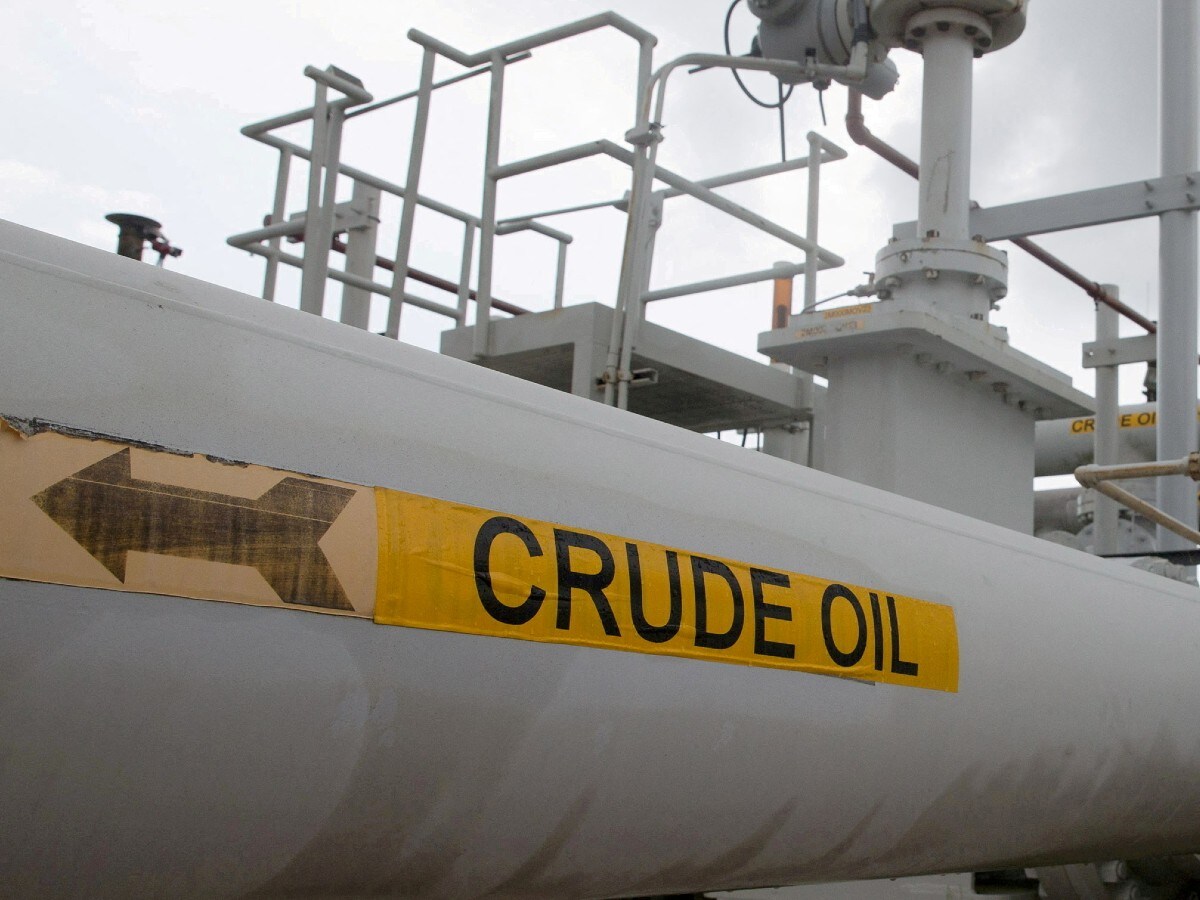
India remains second-largest buyer of Russian Oil despite U.S. pressure
NEW DELHI : India’s crude oil inflows from Russia remained robust in October, touching $2.9 billion, even as the U.S. tightened sanctions on major Russian energy producers. According to new data from the Centre for Research on Energy and Clean Air (CREA), India continued as the second-largest global buyer of Russian fossil fuels, trailing only China.
Sanctions Pressure vs. Energy Security
The U.S. recently imposed sanctions on Rosneft and Lukoil—two of Russia’s biggest oil firms—to restrict Moscow’s financial ability to sustain the Ukraine conflict. This development also came amid President Donald Trump’s repeated assertions that India has significantly reduced its intake of Russian crude after tariffs imposed by Washington.
The sanctions prompted several Indian refiners—Reliance Industries, HPCL-Mittal Energy, and Mangalore Refinery and Petrochemicals Ltd (MRPL)—to temporarily pause purchases. Yet, Russian oil continued to flow into India in substantial quantities. Russia shipped 60 million barrels in October alone, with Rosneft and Lukoil delivering 75% of that volume.
Breakdown of India’s Russian Energy Bill
CREA’s October report highlights:
€3.1 billion (approx. $3.4 billion) total Indian imports of Russian fossil fuels
81% crude oil (€2.5 billion)
11% coal (€351 million)
7% oil products (€222 million)
India’s appetite for discounted Russian oil surged after the 2022 Ukraine invasion, moving from less than 1% of India’s crude imports to nearly 40% at its peak. In September alone, India spent $4.18 billion on Russian energy, indicating consistently high dependence.
State Refiners Ramp Up Purchases
Interestingly, October saw a shift in buying patterns. While private refiners still led purchases, state-owned refiners nearly doubled their Russian crude intake from the previous month.
Adding to this, the Rosneft-owned Vadinar refinery in Gujarat—sanctioned earlier by the EU and UK—operated at 90% capacity in October. Since EU sanctions in July, the refinery has relied exclusively on Russian crude, marking a 32% month-on-month jump in Russian oil arrivals—its highest since the start of the full-scale war.
The refinery’s exports have decreased sharply by 47 per cent compared to the same month last year, reaching the lowest levels since May 2023, according to the report.
“While there was an 8 per cent month-on-month reduction in sanctioning countries’ imports from the six Indian and Turkish refineries using Russian crude in October, the decrease was led chiefly by the EU and UK, which recorded monthly reductions of 9 per cent and 73 per cent,” CREA said.
After Russia invaded Ukraine in February 2022, a series of sanctions was imposed by the United States, the European Union, and other Western nations with the aim to hamper the Russian economy. One of the primary sanctions targeted Russian oil exports, which greatly affected Russia’s capacity to sell oil to European markets.
Consequently, Russia started selling crude oil at heavily discounted rates to attract new buyers. India, with its significant energy demands and an economy sensitive to fluctuations in oil prices, ramped up its purchases.
The discount on Russian oil, which has sometimes been as high as $18-20 per barrel below the market price of other oils, enabled India to buy oil at a cheaper price.
